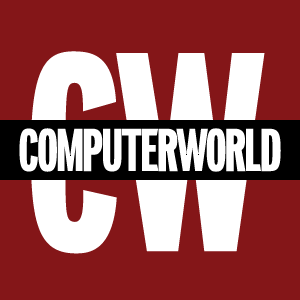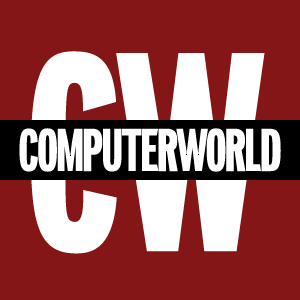
The past two years have seen office workers showered with tools to help maximize their productivity while working remotely. But very little of that bounty has helped the estimated 80% of global workers who don’t sit behind a desk.
Most hourly and shift workers rarely use computers, a fact that can leave them isolated from each other and out of touch with goings-on at the company. Until recently, investors have shown little interest in helping them. Venture capital firm Emergence has estimated that only about 1% of software venture funding goes to technology aimed at deskless workers. A survey the firm conducted at the height of the COVID-19 pandemic found that 65% of deskless workers said they have not been provided with any additional technology to complete their jobs, and 60% were unsatisfied with their work.
All that may be changing, though. With businesses ranging from fast-food restaurants to trucking firms desperately seeking hourly employees, interest is growing in technology that can not only make them more productive but happier as well.
Forgotten workforce
Deskless workers are easily forgotten in businesses that put a premium on empowering so-called “knowledge workers,” who are seen as more valuable to the organization. “You have software developers who have been building software for themselves for the last 30 years,” according to Matthew Bragstad who works in the healthcare and public sector division of software giant Infor. “Deskless has been the forgotten workforce.”
But those people were less easily overlooked during the pandemic when shortages of manufacturing employees, longshoremen, and health care workers all but paralyzed some industries. “They went from forgotten to essential,” Bragstad said.
Businesses seeking to cultivate loyalty among these newly empowered employees need to apply technology that addresses their unique needs. Makers of workforce management software have been adding features like touchless time clocks, health check surveys, contact tracing, office booking, and vaccine tracking to adapt to new requirements introduced by COVID-19, according to Gartner. Some are going further and enhancing messaging features to reach employees who don’t have organizational email addresses—and providing instructional content, surveys to gauge worker satisfaction, and so on.
Enabling flexibility
Flexible and customizable scheduling is becoming an essential element of deskless workforce management, Bragstad said. For example, Infor customer Bank of America created an internal job board that lets tellers pick up shifts working in the loan department where skills are short.
Pilot Flying J, an operator of 750 North American retail and fueling locations, took advantage of the ubiquity of smartphones to let its mobile workers clock in and out, keep track of schedules, and request changes or paid time off from their mobile devices. “They were losing tens of thousands of hours per year because people physically had to come to the store to clock in and out,” Bragstad said. “There was hard ROI there.”
Accommodating the deskless work workforce goes beyond transactions. Ashley Furniture supplemented email communication with signage in its stores, painted murals, and internal billboards in an “omnichannel communication strategy to make sure everyone gets the same message,” Bragstad said. The aim was not just to get the message across, but to make hourly workers feel more included.
Businesses are also increasingly taking employee priorities into account in workforce scheduling. Quinyx, a Stockholm-based vendor scheduling software that has raised more than $100 million in venture financing, was founded by a former McDonald’s employee who was frustrated with the limitations of the restaurant chain’s legacy scheduling application. The company’s software applies artificial intelligence to optimize workforce deployment and lets employees fit their availability to schedule demands as well as bid on shifts that need coverage. There’s also instant polling and a chat function that connects workers with their managers and each other.
Software provider When I Work recently took a $200 million growth investment for its “employee-first” scheduling platform that the company said is used in more than 200,000 workplaces. Legion Technologies has raised more than $85 million for a similar application that balances employer resource requirements with worker preferences. The company says its software not only improves efficiency but reduces turnover by between 25% and 40%. That jibes with several studies that report half or more of American workers would take a pay cut to have more scheduling flexibility.
Organizations that want to go the extra mile should also consider real-time payments, a service that gives workers instant access to compensation while cutting down on errors and paperwork for employers, Bragstad said. “In the gig economy, people expect to pick up work and get paid for it immediately,” he said. “They’re working as many hours as they can and want instant gratification.”
In the current environment of record turnover, can you blame them?
Next, read this:


